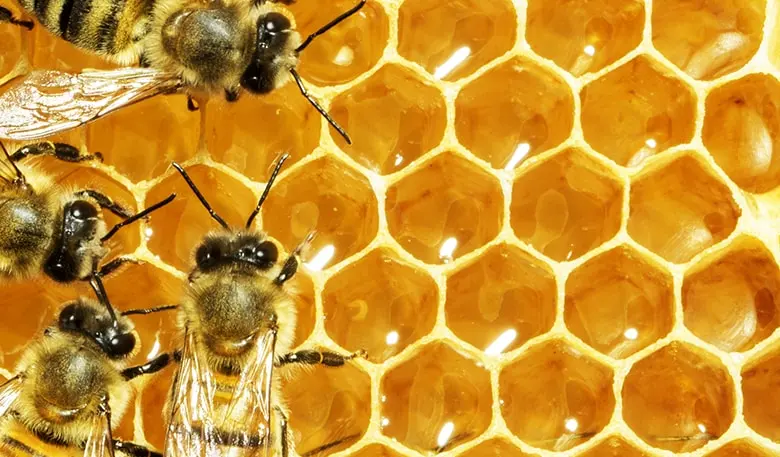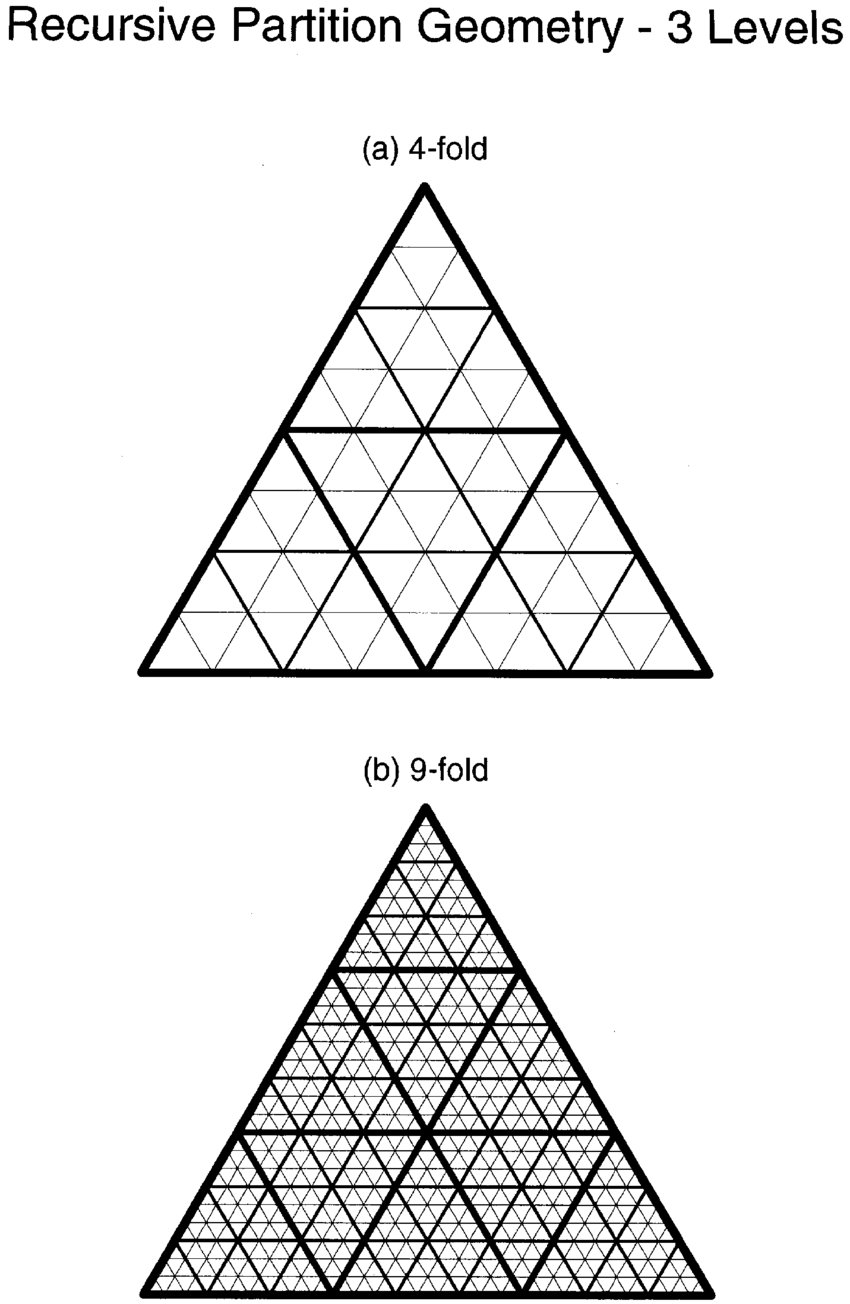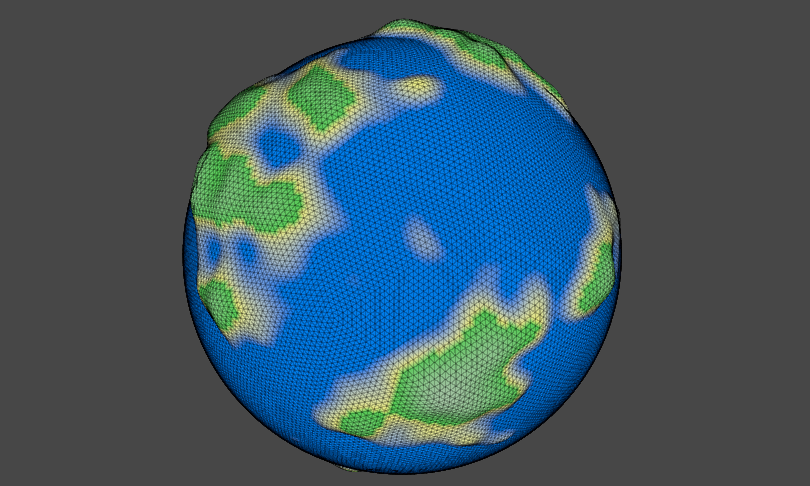Re-inventing the Globe
Building a complex universe starts with two words.
"Space" and "Navigation"
The human brain builds a finite model of an infinite universe, and we get to experience that through the process of perception. It does this through a complex set of grid and head cells that map to orientation and position within space.
Within the hippocampus, grid cells are organized in a hexagonal pattern. Similarly, in our natural environment, bees store honey in hexagonal matrices for maximum efficiency. The hexagon is the largest object that can be tesselated (multiple instances can be fit together perfectly without gaps in space.) I guess the universe seems to think that the hexagon is superior to the cube.

Hexagons can be further decomposed into groups of 6 triangles. So the idea here is to subdivide triangles and to use the vertices generated as a base for implementing a basic heightmap. Each height represents the distance of that particular point from the center of the planet. It's a bit similar to when we're working with flat, square chunks, except we're working with a spherical projection of the same.
With this beautiful logic, we can decompose looping perlin noise into something that looks like this. Performance seems to struggle after about 8 subdivisions on my trusty laptop (this is more of a complaint that 8 subdivisions takes more than a second to generate). We're using mesh generation and avoiding gameobjects where we can.
Next steps
How do we focus on elements in the distance while being able to see closer elements, when we're obviously going to have too many triangles? Well, we manage the level of detail as the camera moves around the planet.
Files
Simulatera
An infinitely expansive open world game
| Status | In development |
| Author | Abshk |
| Genre | Survival |
| Tags | Open World |
More posts
- Rotation, Gravity and MoreMar 08, 2025
Leave a comment
Log in with itch.io to leave a comment.